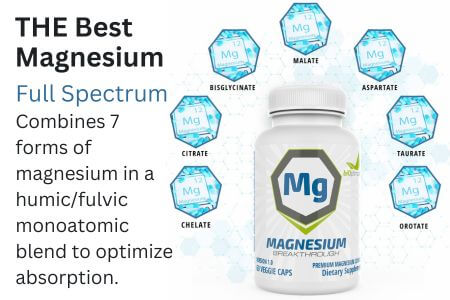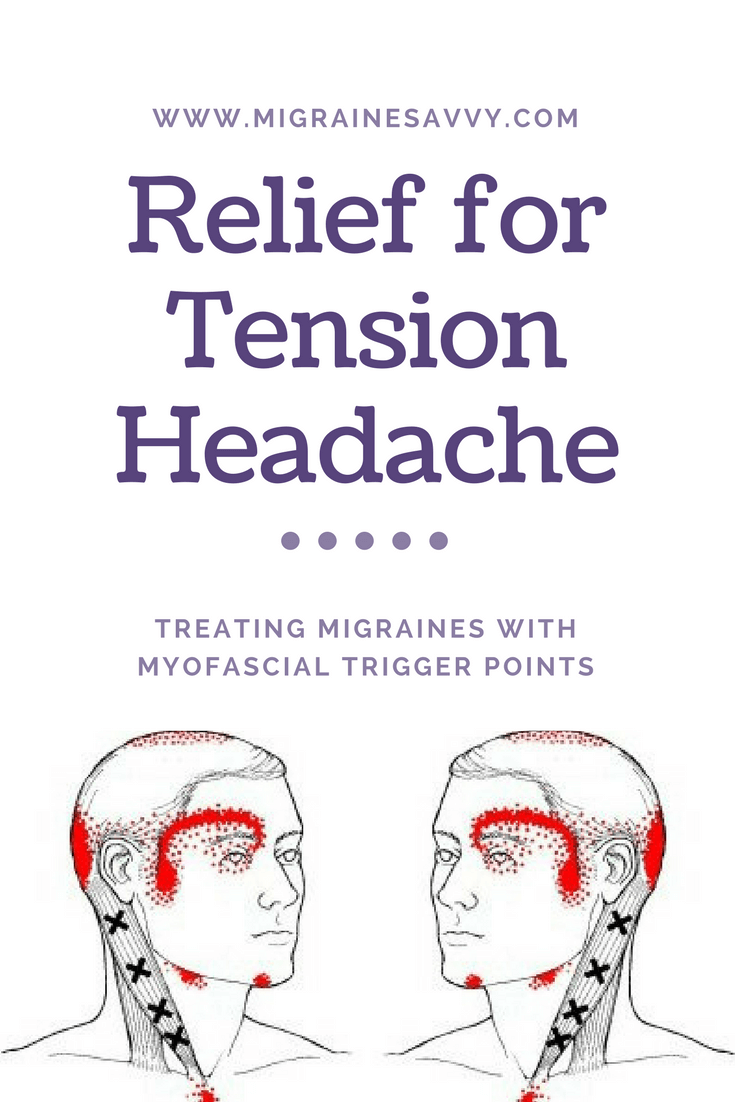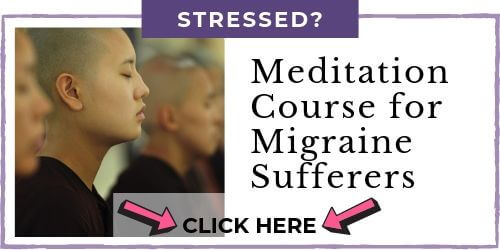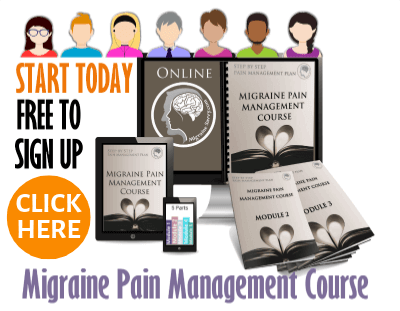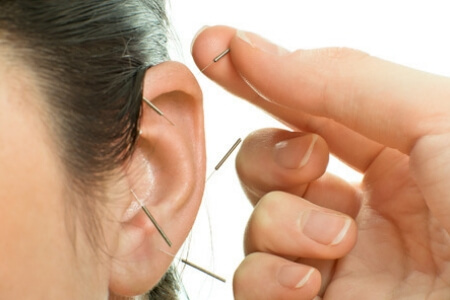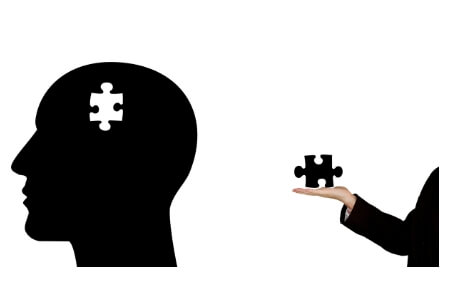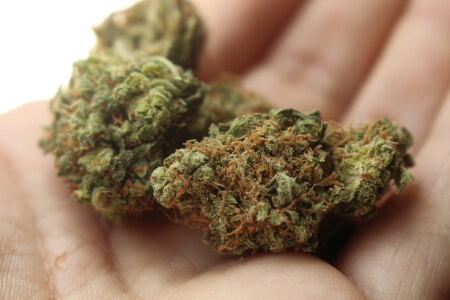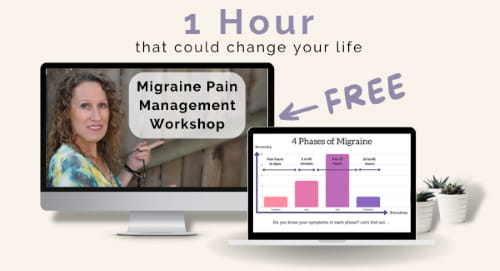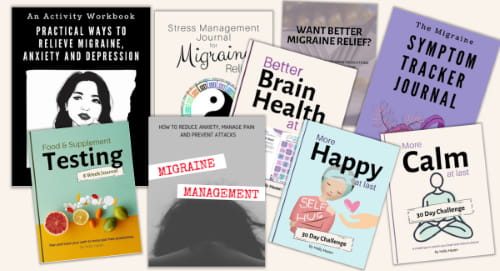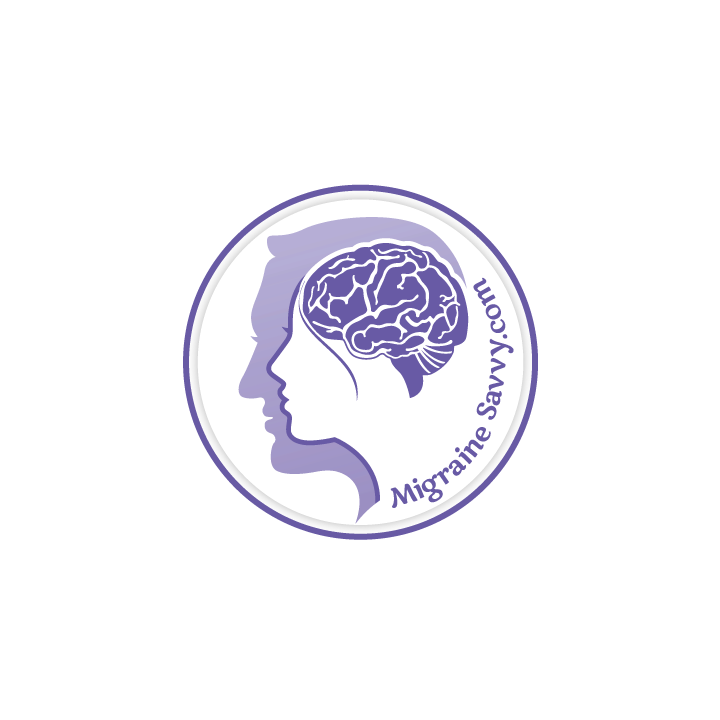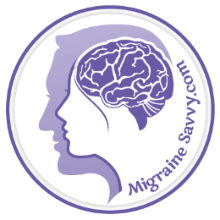- Home
- Alternative Treatments
- Myofascial Trigger Points
Magnesium Deficient = More Migraine Attacks
Science confirms this hidden trigger.
Get all 7 forms your body actually absorbs in one bottle.
🎁Save 10% with my code!
Magnesium Deficient = More Migraine Attacks
Science confirms this hidden trigger. Get all 7 forms your body actually absorbs in one bottle +
🎁Save 10% with my code!
Myofascial Trigger Points: Natural Relief for Tension Headache
Do you often experience intense, recurring headaches or migraines that disrupt your life? You’re not alone, and research on myofascial trigger points (MTrPs) may hold the key to a more natural form of relief. MTrPs are sensitive, tight spots in muscles that, when active, can radiate pain to other areas, particularly the head and neck. Addressing these trigger points can relieve muscle tension and, for some, significantly reduce migraine symptoms.
My #1 Choice in Magnesium Supplementation
What Are Myofascial Trigger Points?
Myofascial trigger points are areas of muscle tissue that become hyper-irritable due to stress, overuse, poor posture, or injury. They can form in any muscle but are commonly found in the neck, shoulders, and upper back—areas often associated with headaches and migraines. When these points are pressed, they may cause “referred pain,” radiating to the head and mimicking or intensifying migraine symptoms.
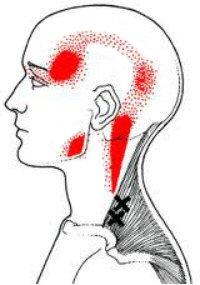 Some myofascial triggers points used for migraine relief are on the side of the head and neck
Some myofascial triggers points used for migraine relief are on the side of the head and neckHow Do Myofascial Trigger Points Contribute to Migraines?
The effects of MTrPs on migraines are significant. For example, trigger points in the trapezius, suboccipital, and temporalis muscles can refer pain to the head, causing or worsening a migraine. Research by Marcus et al. found that migraine sufferers had a higher prevalence of trigger points, especially on the same side as their pain, compared to non-migraine sufferers. Targeting these areas may provide relief.
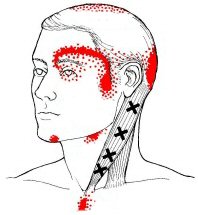 Trigger points commonly associated with migraines, especially in the neck and shoulder muscles.
Trigger points commonly associated with migraines, especially in the neck and shoulder muscles.How to Treat Myofascial Trigger Points for Migraine Prevention
Trigger Point Release Techniques
The primary method for releasing a trigger point involves applying sustained, gentle pressure to the tight area. This can be done manually by a therapist or by using tools like foam rollers and massage balls. Here’s a step-by-step guide to try at home:
- Locate the tight spot in your muscle.
- Apply firm pressure for 30–60 seconds, breathing deeply to help the muscle relax.
- Release slowly and repeat if necessary.
For optimal results, try working with a licensed physical therapist who specializes in myofascial release therapy.
Simple tools like foam rollers can help release muscle tension.
Other Techniques for MTrP Relief
- Heat and Cold Therapy: Heat improves blood flow and reduces muscle stiffness, while cold therapy reduces inflammation.
- Physical Therapy: Regular stretching and strengthening of the neck and shoulder muscles can help prevent new trigger points from forming.
>> Explore our recommended tools for relieving headache and migraine tension.
Daily Habits to Reduce Migraine Frequency
In addition to MTrP therapy, lifestyle habits can play a crucial role in managing migraines. Try these tips to create a well-rounded approach:
1. Improve Your Posture
Poor posture, especially when sitting for long periods, can contribute to muscle strain and trigger point formation. Practice exercises that improve posture, such as shoulder rolls and neck stretches, to alleviate stress on the head and neck.
2. Manage Stress Effectively
Chronic stress can tighten muscles and lead to MTrPs. Stress management techniques like yoga, meditation, and breathing exercises can help keep muscle tension in check and reduce the likelihood of trigger point activation.
3. Stay Hydrated and Support Nutrition
Dehydration and nutrient deficiencies can exacerbate migraines. Ensure you’re drinking enough water daily and consider supplements like magnesium and B12, which may improve muscle health.
My favorite magnesium supplement for stress, sleep, and migraine prevention.
Additional Treatment Options for Migraines Related to MTrPs
If you’re still struggling with migraines despite making lifestyle changes, you may benefit from additional treatment options. Some advanced therapies for managing trigger points and migraine symptoms include:
- Dry Needling and Trigger Point Injections: Performed by trained practitioners, these techniques use needles to release tension in MTrPs and can reduce migraine frequency.
- Myofascial Release Therapy: A form of hands-on physical therapy, this technique targets trigger points directly to reduce tension and pain.
- Acupuncture: Evidence suggests acupuncture can reduce the frequency of migraines by addressing MTrPs and improving blood flow.
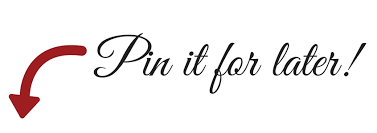
Why Myofascial Trigger Point Therapy is Worth Trying for Migraine Relief
Given the impact MTrPs have on migraines, trying myofascial release therapy can be a low-risk, high-reward approach to managing headache symptoms. Every person’s experience with migraines is unique, so experiment with these methods to find what works best for you. Keep in mind that results may vary, and consistent practice is key to seeing improvement.
On a personal note:
Having loads of migraine attacks can feel isolating, so make sure you have some compassion for yourself to seek some alternative therapies that might help reduce the pain and symptoms. If these trigger points are contributing to your pain, exploring treatment options might be the solution you need. Here's how I can help right now...
I've recorded a Qigong Master's routine to release neck and shoulder pain in my meditation course. Here's the link...
Embrace a Holistic Approach to Migraine and Headache Relief
Don't let migraines control your life. By understanding and managing the phases and finding alternative therapies like this to release tight myofascial trigger points, you can take control of your pain. Pair MTrP therapy with daily habits like proper posture, hydration, and stress management for a comprehensive approach.
WANT MORE TIPS? Subscribe to my newsletter and follow along on Facebook and Pinterest for all of the latest updates.
ALTERNATIVE MIGRAINE TREATMENTS Related Articles
How to be more MIGRAINE SAVVY right now...
Myofascial Trigger Points References:
1. Davies, C. (2006) Biographical Sketches [Online], Available at: www.triggerpointbook.com and the book below;
2. Davies, C., Davies, A., and Simons, D. (2008) The Trigger Point Therapy Workbook: Your Self-Treatment Guide for Pain Relief (2nd Edition). New Harbinger Publications: CA.
3. DeLaune, A. (2008) Trigger Point Therapy for Headaches and Migraines: Your Self -Treatment Workbook for Pain Relief. New Harbinger Publications: CA. Chapter 3 reproduced by permission at Trigger Point Relief and the full book at
amazon.com.
4. MyoRehab (2012) Head and Neck Pain [Online], Available at: Triggerpoints.net.
5. Tortora, G. and Grabowski, S. (2000) Principles of Anatomy and Physiology (9th Ed.). John Wiley & Sons, Inc.: USA.
